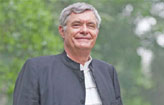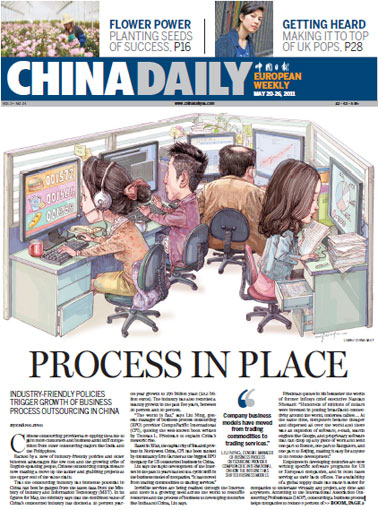Society
Scientists grapple with looming volcanic question
Updated: 2011-05-24 08:06
By Duan Yan (China Daily)
Working together
Researchers are also calling for more comprehensive volcano research to make better use of the information that is collected.
"There are still lots of unknowns that need to be answered," said Liu Jiaqi, the Institute of Geology and Geophysics professor. He is the only Chinese researcher who has been to both the Chinese and DPRK sides of Changbai for field studies.
Since the March 11 earthquake in Japan, scientists from the DPRK and the ROK have held two rounds of talks regarding future studies and cooperation. Chinese scientists are also calling for cooperation with China's neighbors, and Liu recently recommended to the State Council that diplomatic agreement at the State level would help.
Liu collaborated with DPRK scientists in 2000, 2001 and 2003 on volcanic studies. "We share the mountain with DPRK. But geologic studies are incomplete without studying the mountain as a whole."
Liu said he would like to see more cooperation between the two countries, "especially when the other side can provide a better environment for geologic studies."
Deep stirrings
Small earthquakes are common in the Changbai area, about 100 a year, and tourists often do not notice them. It was also unlikely they felt a quake with a preliminary magnitude of 6.1 that jolted a border area between China and Russia at 11:26 pm on May 10.
The China Earthquake Networks Center determined the epicenter was about 200 km from the volcano and 560 km deep, so no casualties or property losses were reported. But scientists see deep earthquakes in this area as clear signs of plate movements, which might affect the volcano.
"Deep earthquakes are rare compared with shallow-focus earthquakes, and this kind of deep earthquake is very important to geological studies," Liu said.
A deep quake of magnitude 7.2 hit Hunchun city of Yanbian Korean autonomous prefecture on June 29, 2002, and seismic activity significantly increased in the Changbai volcano area. In 2003, the Changbaishan Tianchi Volcano Observatory recorded 1,293 tremors. By 2006, the frequency had receded to the background rate.
According to research by Wu, the observatory engineer, the mountain rose about 6.8 centimeters in 2003 and 2004.
Tourists probably did not notice that, either, but the geologists did.
Liu Mingtai and Zheng Xin contri-buted to this story.
E-paper

Thawing out
After a deep freeze in sales during the recession, China’s air conditioner makers are bouncing back
Cool Iron lady
Of good and evil
Build on security initiatives
Specials

Memory lanes
Shanghai’s historic ALLEYS not just unique architecture but a way of life

Great expectations
Hong Kong-born singer songwriter rises to the top of the UK pops.

A diplomat of character
Belgian envoy draws on personal fascination to help build China ties.
